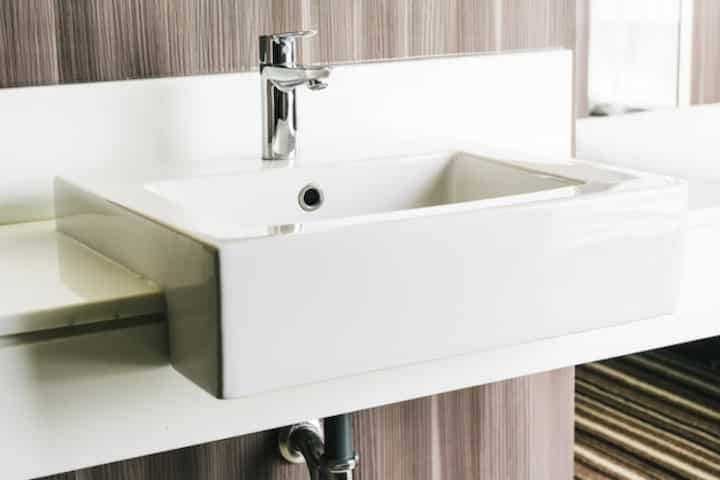
Exploring Bathroom Tile Flooring Costs Installation and Replacement
Embarking on a bathroom remodeling project often involves considering various elements, with tile flooring being a significant component. Understanding the costs associated with bathroom tile flooring, whether for installation or replacement, is crucial for budgeting and planning. This article delves into the different factors affecting tile flooring costs and explores installation and replacement processes to provide a comprehensive understanding for homeowners.
Factors Influencing Tile Flooring Costs
Tile flooring costs can vary widely based on several factors. Here are the primary considerations:
- Material Type: The choice of tile material, such as ceramic, porcelain, or natural stone, significantly impacts the cost. Each material has its own price range and characteristics.
- Tile Size and Design: Larger tiles and those with intricate designs or custom patterns may come at a premium.
- Labor Costs: The cost of labor can fluctuate depending on the complexity of the installation and the local labor market. Professional installation is recommended for optimal results.
- Location: Geographic location can influence both material and labor costs, with urban areas typically having higher expenses.
- Underlayment and Subfloor Preparation: Additional costs may arise if the subfloor requires repairs or if a specific underlayment is needed.
For a more detailed breakdown of these factors, explore further insights here.
Installation Process of Bathroom Tile Flooring
Preparation
Proper preparation is essential for a successful tile installation. This involves:
- Removing old flooring materials and ensuring the subfloor is clean and level.
- Addressing any subfloor repairs that may be needed.
- Installing a moisture barrier if required, especially in areas prone to dampness.
For comprehensive guidance on preparation steps, learn more in this detailed guide.
Tile Installation
The actual installation process involves several key steps:
- Carefully laying out the tiles to ensure a symmetrical and pleasing design.
- Applying thin-set mortar to adhere the tiles to the subfloor.
- Using spacers to maintain consistent gaps for grouting.
- Allowing the tiles to set before applying grout to fill the spaces between tiles.
For more detailed information on tile installation, read more about this topic.
Replacement Considerations
Replacing existing bathroom tile flooring involves additional considerations:
- Removal of Old Tiles: The process of removing old tiles can be labor-intensive and may require special tools to avoid damaging the subfloor.
- Inspection of Subfloor: Once the old tiles are removed, the subfloor needs to be inspected for any damage or moisture issues that must be addressed before new tiles are installed.
For more insights on replacement procedures, find additional information here.
Cost Comparison: Installation vs. Replacement
Understanding the cost differences between installing new tile flooring and replacing existing tiles can aid in effective budgeting:
- Installation costs generally include materials, labor, and any necessary preparation work.
- Replacement costs may be higher due to additional labor involved in removing old tiles and potential subfloor repairs.
- Choosing durable materials for new installations can reduce future replacement needs, offering long-term savings.
To learn more about making informed decisions for your bathroom remodel, learn more in this detailed guide.
In conclusion, whether installing new tiles or replacing old ones, understanding the factors that influence costs and the processes involved can help ensure a successful bathroom flooring project. For further guidance on complete bathroom remodels, explore further insights here.